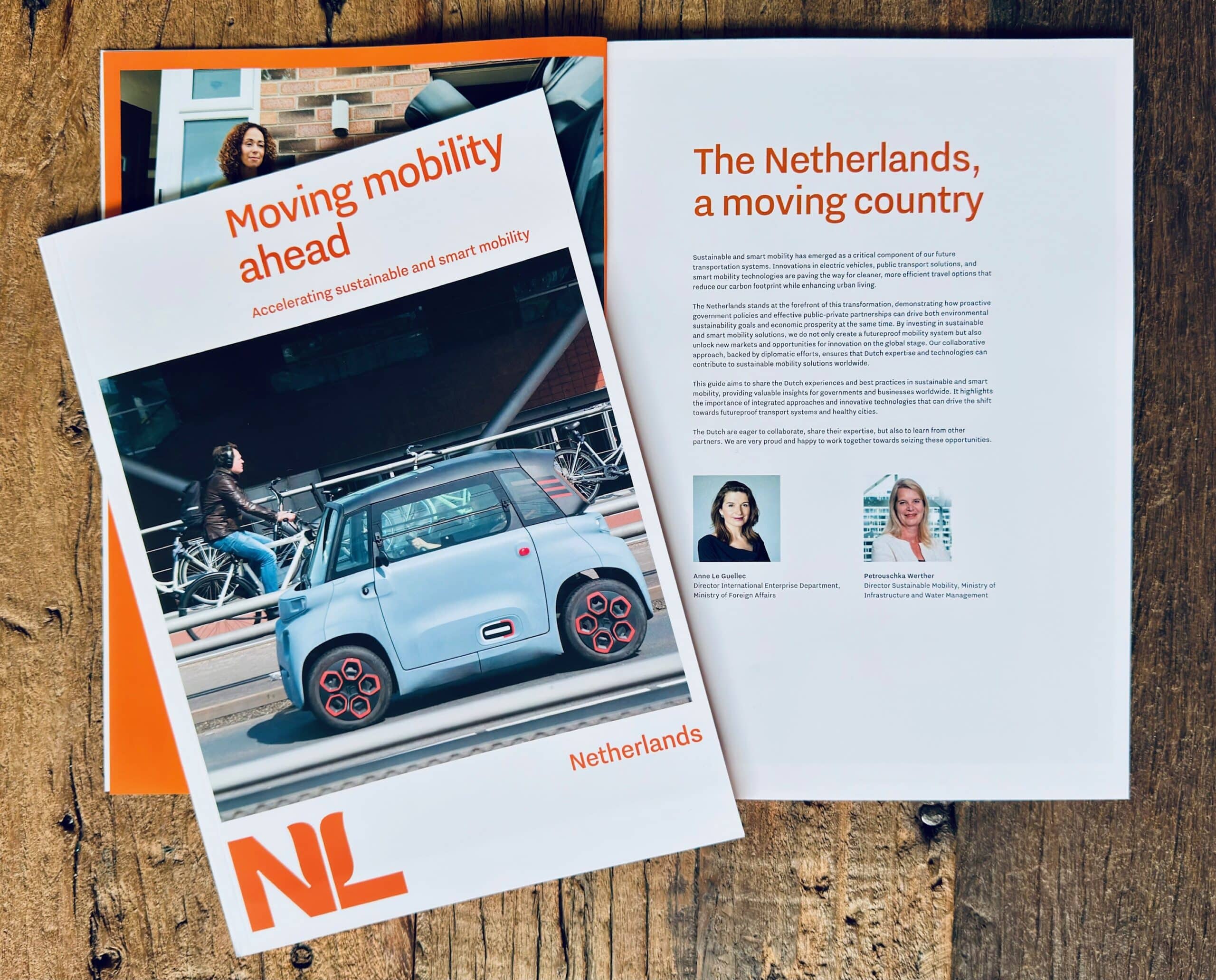In 2025, the Netherlands marked third place in the prestigious European Innovation Scoreboard 2025 (EIS), behind Sweden and Denmark. This means The Netherlands remains among Europe’s ‘Innovation Leaders’. However, Dutch innovation performance has declined for the second consecutive year, putting its top position under pressure. The government is therefore working on an ambitious action plan to invest 3% of GDP in research and development (R&D) by 2030.
Geplaatst op 17 juli 2025
The Netherlands remains an EU Innovation Leader, but its position is under pressure
Minister Karremans (Economic Affairs and Climate Policy) on potion of The Netherlands as an EU innovation leader: “Our position seems to say that innovation is going well. But the honest conclusion is that we all need to do more. We invest too little both privately and publicly, we do not bring our excellent knowledge sufficiently to market, and we have relatively few knowledge-intensive companies.”
Strong science and digitalisation, but lagging investment
The Netherlands’ high score is largely due to its strong scientific base, high-quality education system, and excellent level of digitalisation. For example, the country scores 200% of the EU average in digital skills and 162% in higher education participation, while its research system remains highly attractive internationally.
However, the EIS report highlights several areas where the Netherlands is falling behind:
- The Netherlands invests only 2.3% of its GDP in R&D, far behind countries such as Sweden (3.6%) and Germany (3.1%).
- Public R&D investments amount to just 0.67% of GDP, below the EU average of 0.72%.
- Innovation expenditure per employee is only 83% of the EU average.
- Patent applications and other intellectual property rights have declined since 2018, indicating decreasing high-value innovation output.
Strong public-private collaboration and digital performance
On a positive note, the Netherlands excels in public-private collaboration (322% of the EU average) and in cloud computing adoption and IT specialist employment (both over 140% of the EU average). The Digital Intensity Index for companies is also high at 46, compared to the EU average of 34.
Risks to economic security and jobs
Both the report and the Dutch government warn that insufficient innovation makes the Netherlands vulnerable: to dependencies on other countries, to job losses, and to challenges in funding public services such as healthcare and security in the future.
Minister Karremans emphasised that higher investments are needed to remain competitive and economically secure. “Other countries are taking extra steps. We must do the same, because we have to earn before we can spend.”
Sources:
- Government of the Netherlands (2025). Lower score puts Dutch position as EU innovation leader under pressure. Retrieved 16 July 2025, from: Rijksoverheid.nl
- European Commission (2025). European Innovation Scoreboard 2025 – Netherlands Country Profile. Retrieved from: European Commission EIS 2025
- European Commission (2025). European Semester: 2025 Country Report – The Netherlands. Retrieved from: Economy and Finance EC


